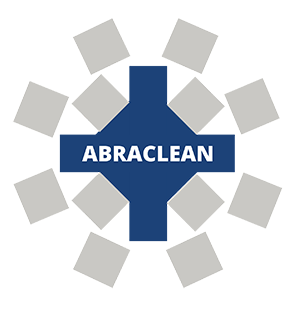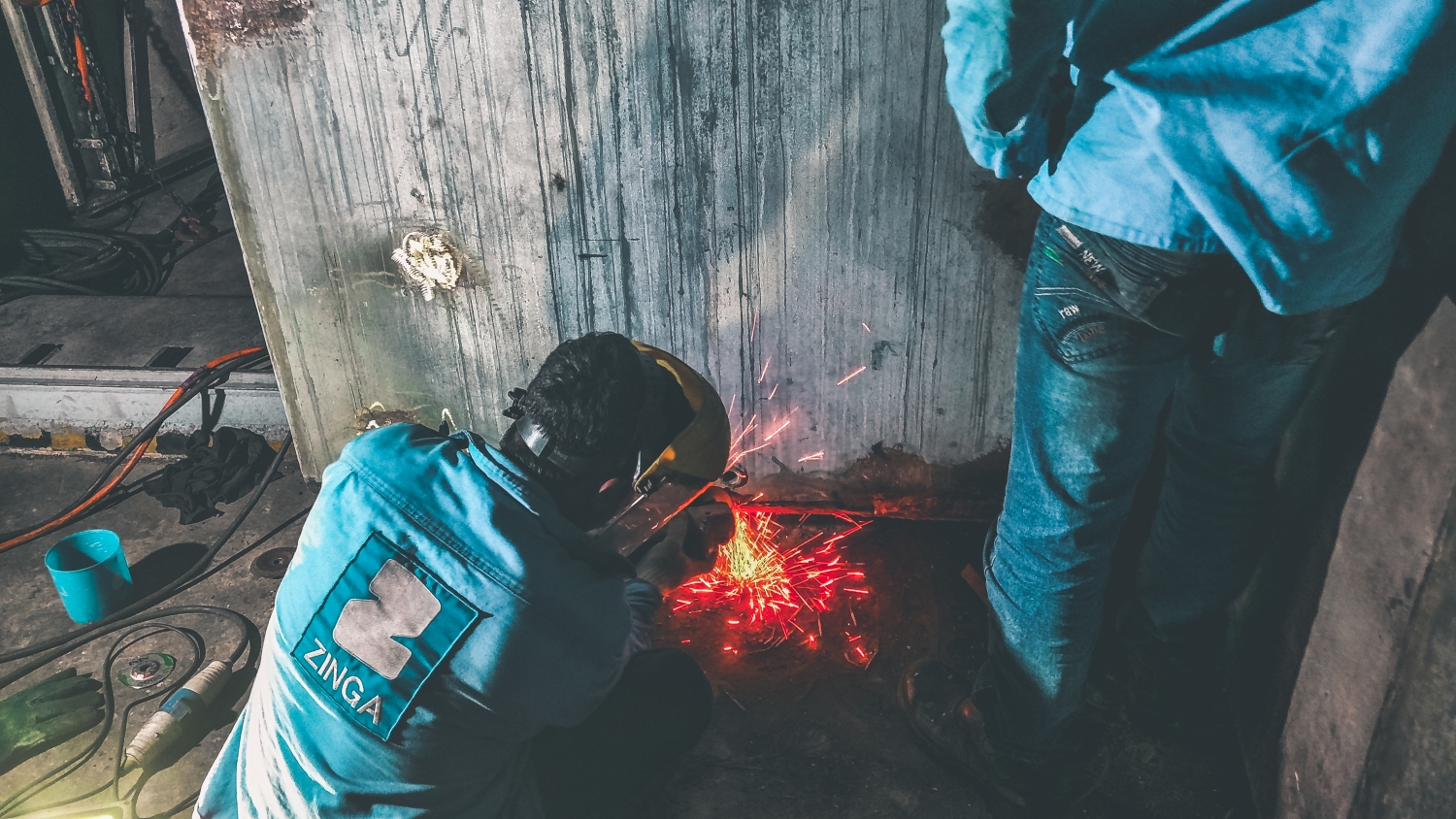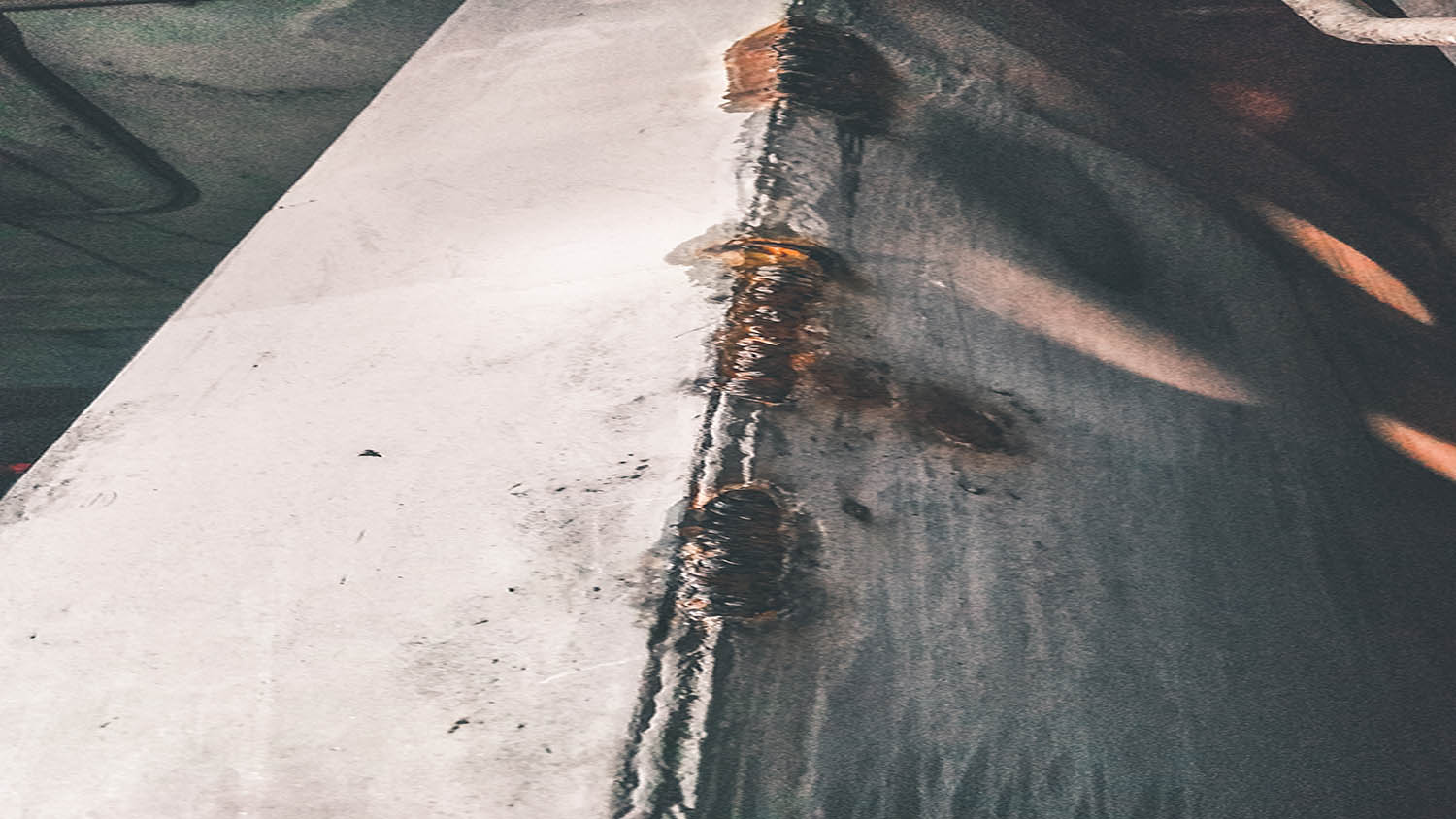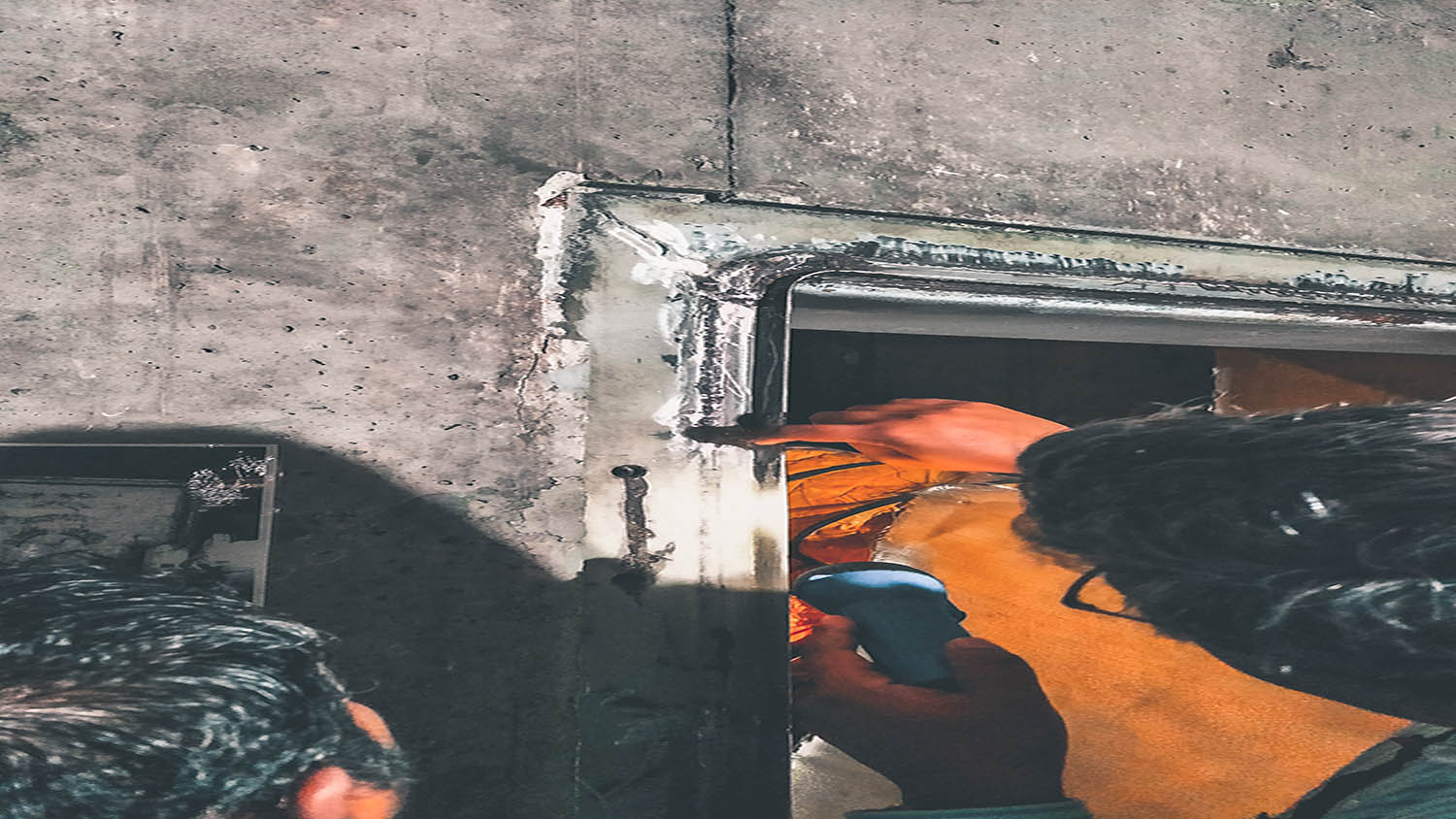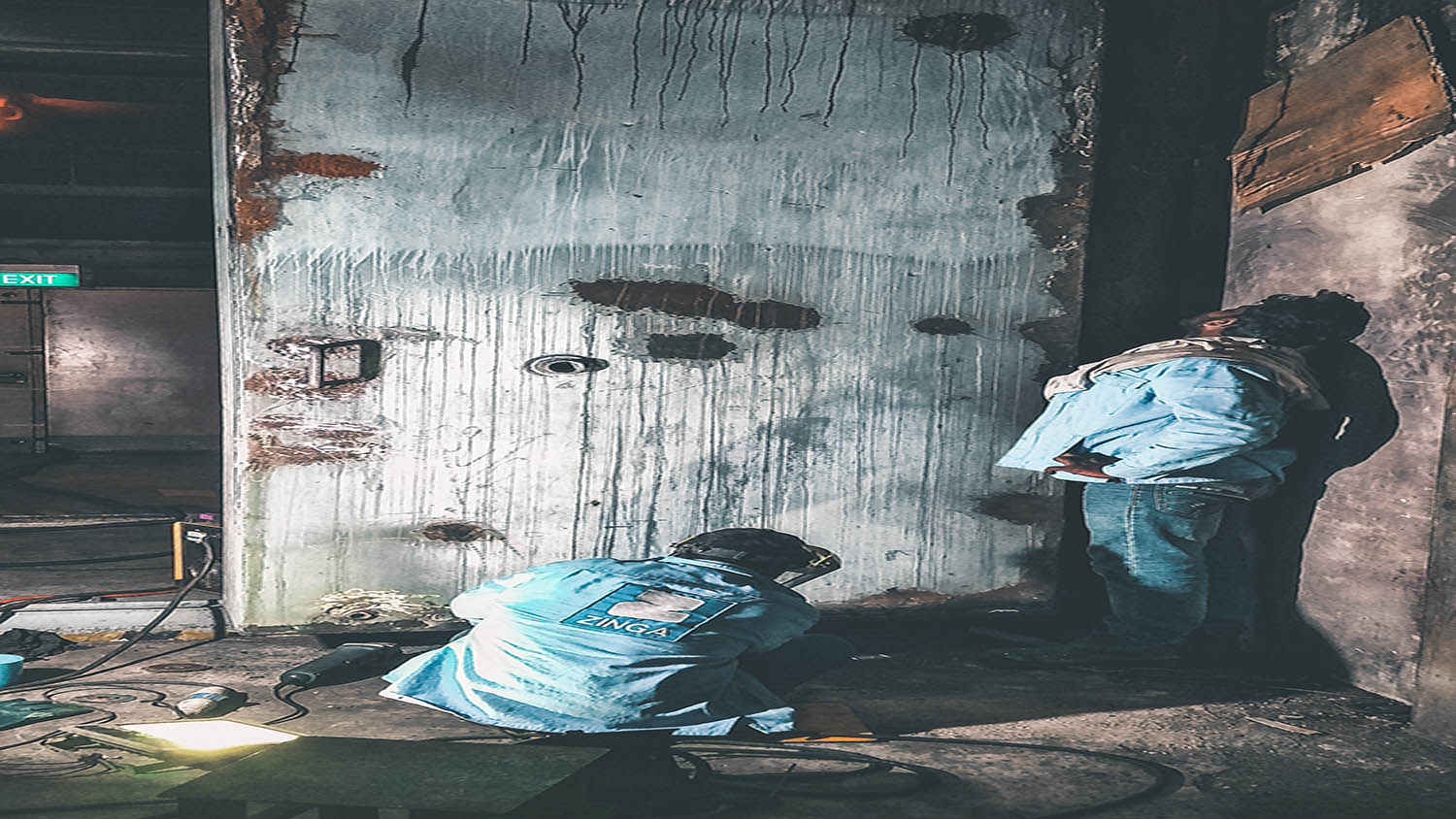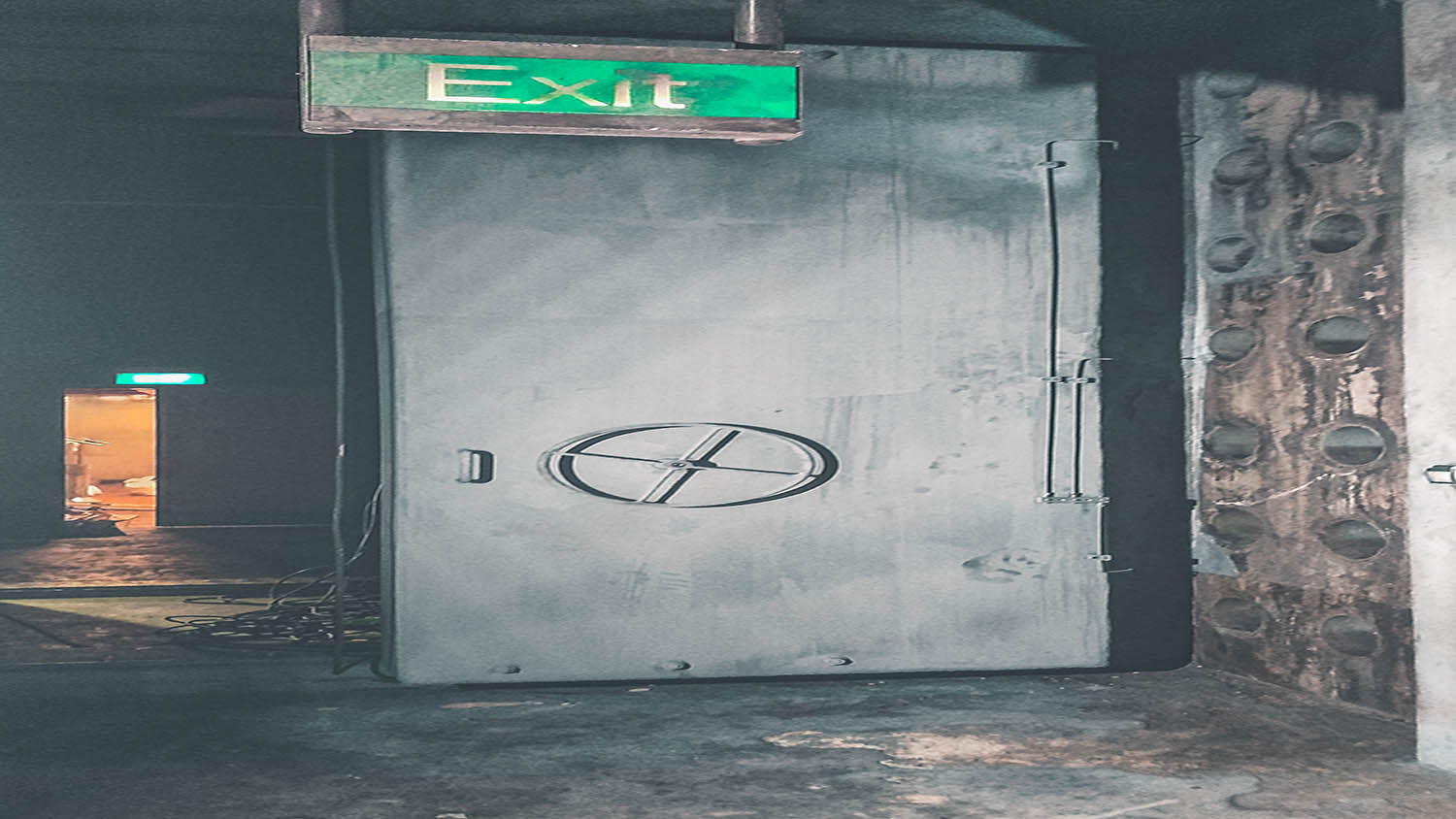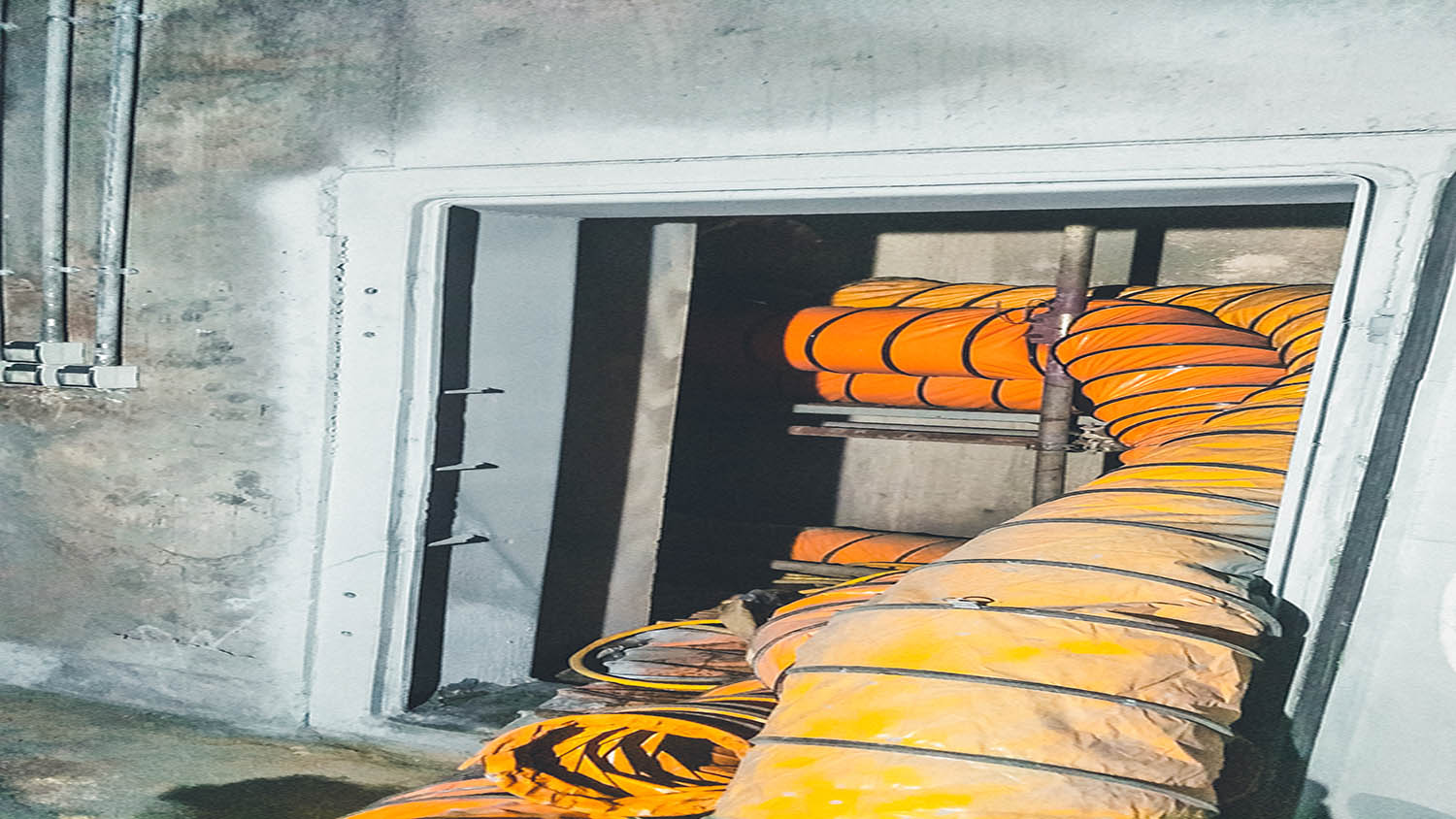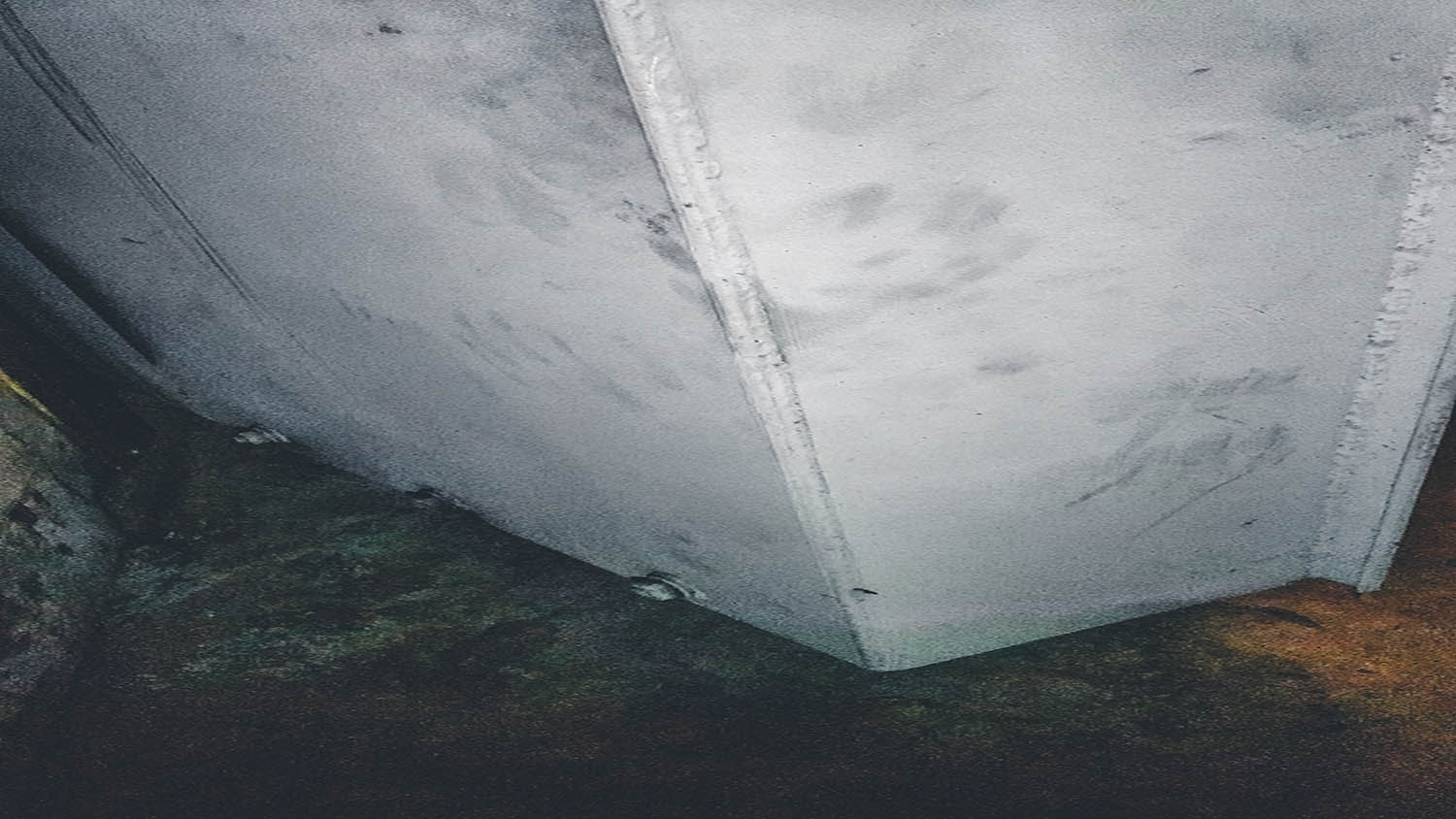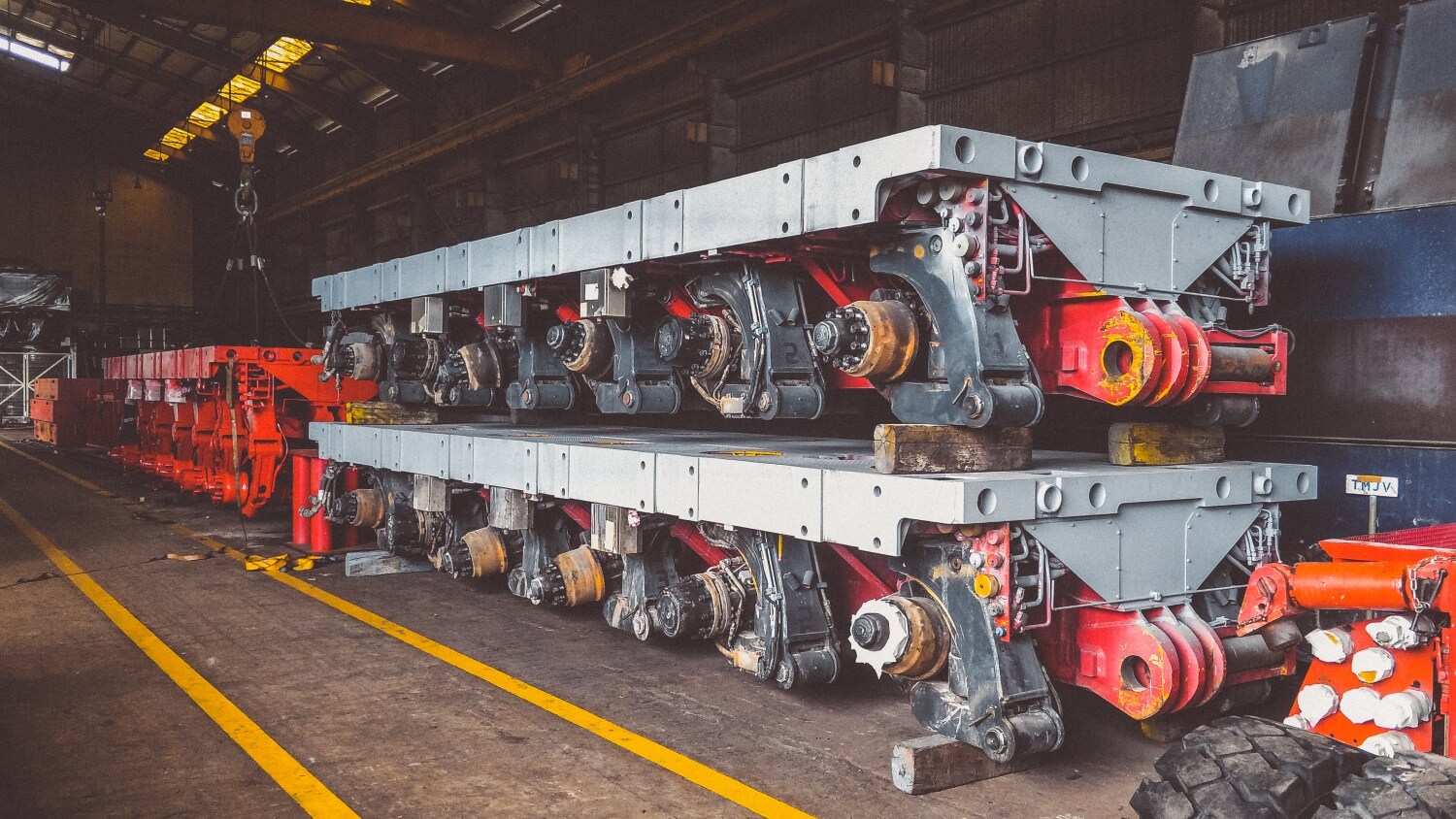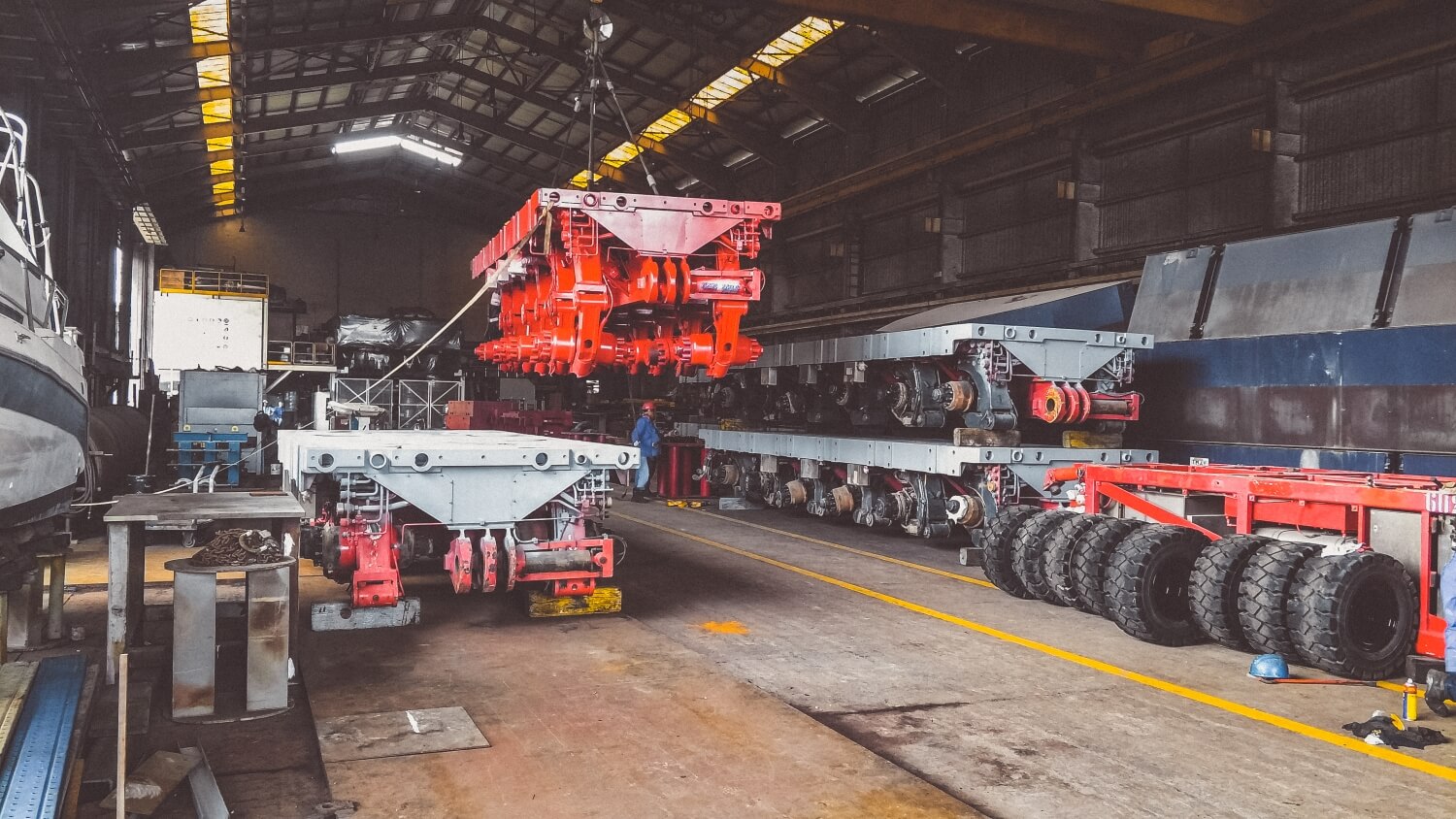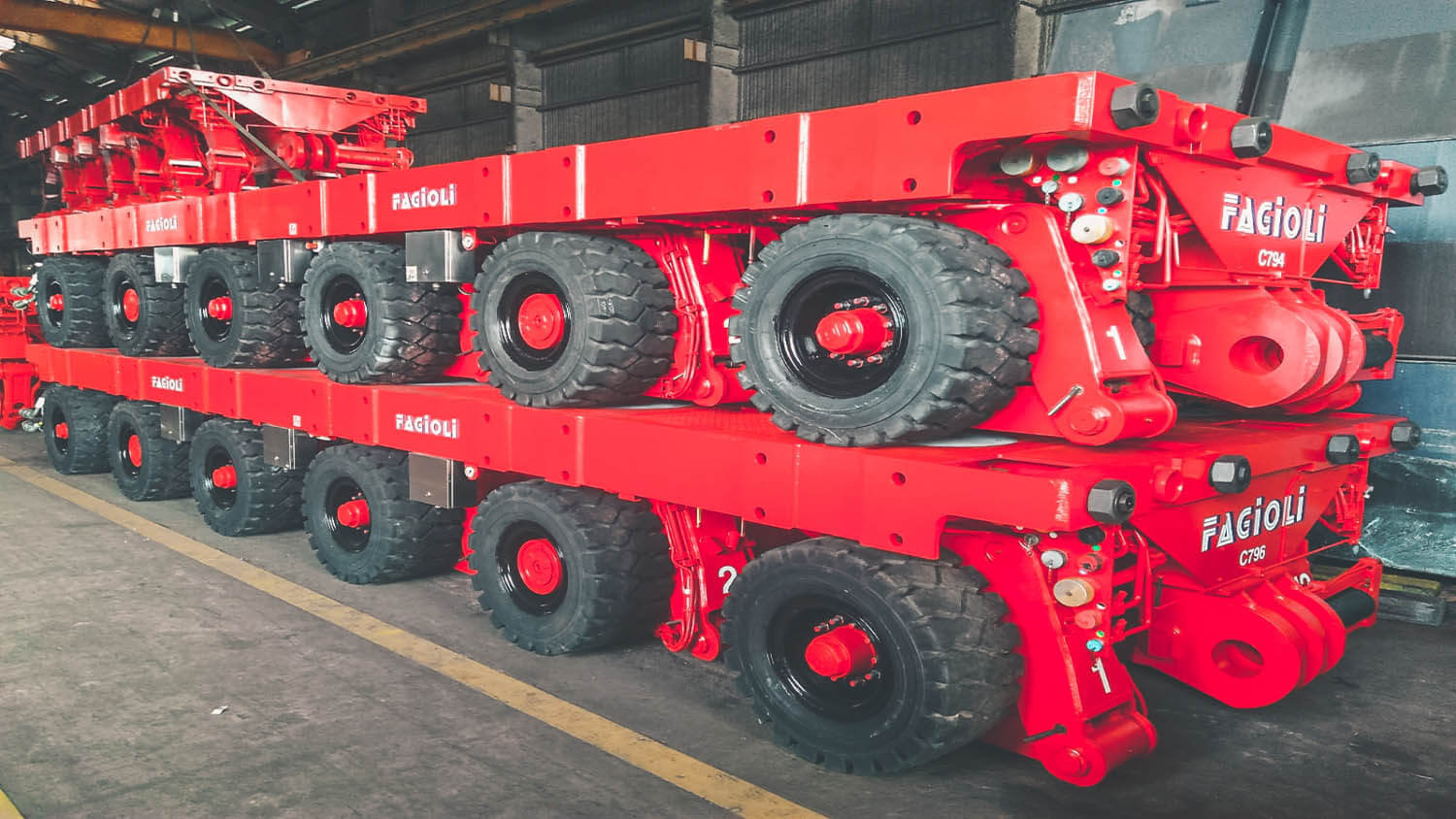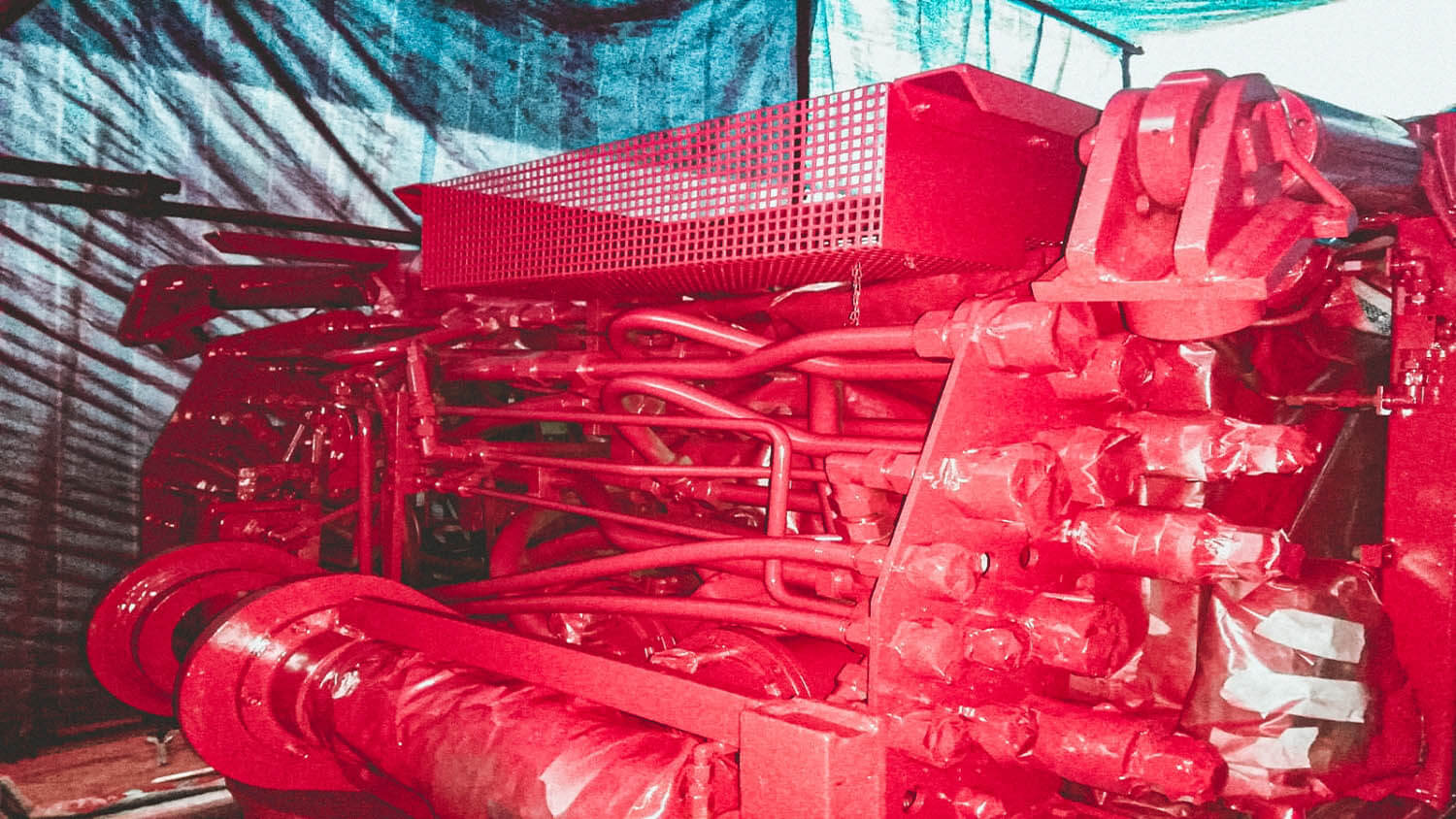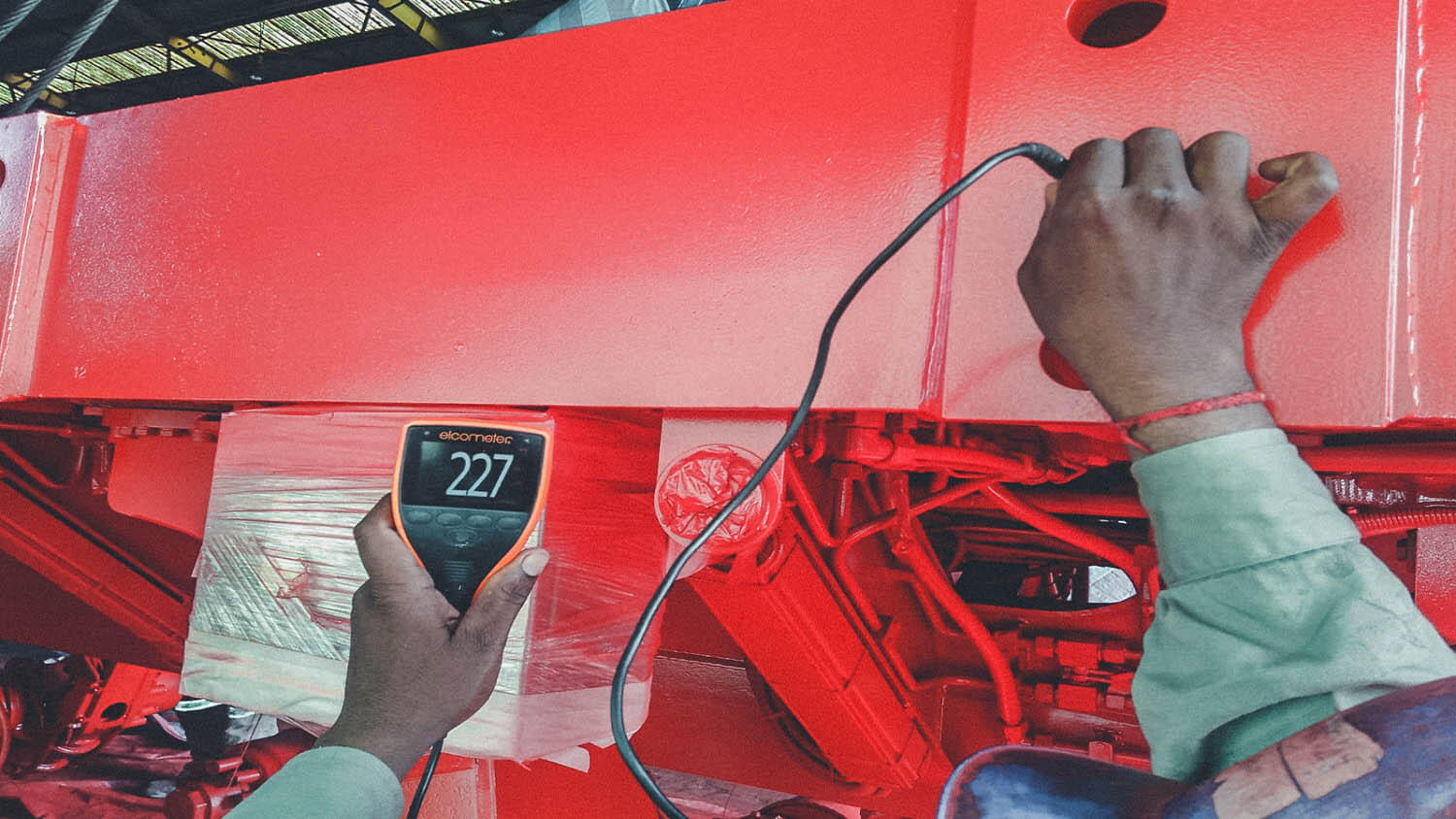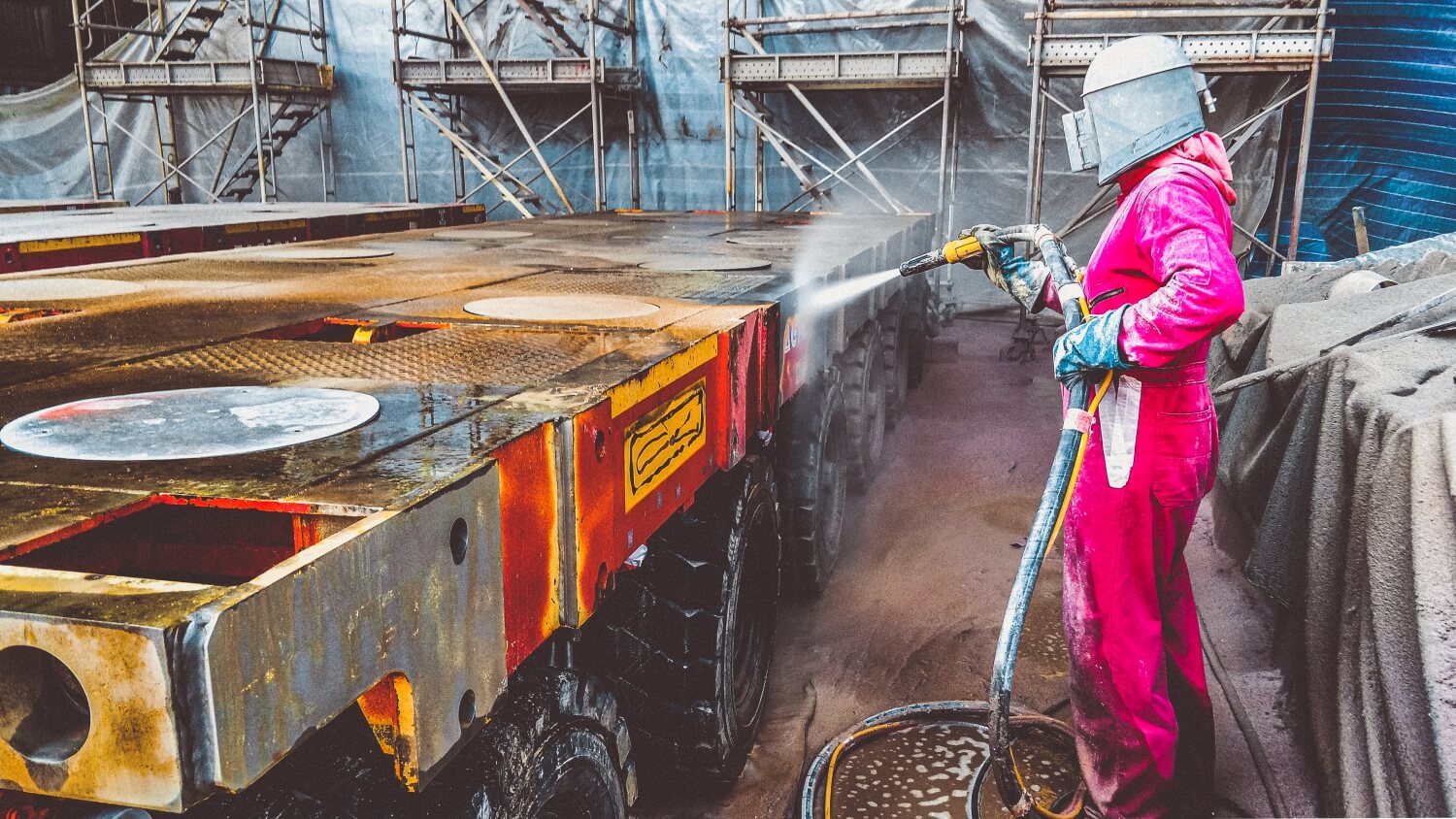case studies
ABRABLAST™
ABRABLAST™ Abrasive is a dynamic medium that is composed of a carefully managed blend of inert recycled goods, with the bulk of the material being angular glass grit and calcium silicate in the form of angular grains and reduces environmental pollution.
Specification
ABRABLAST™ is an abbreviation for “abrasive blast” (Recycled Glass). ABRABLAST™ is quite versatile; the medium grade abrasive is an all-purpose abrasive that may be used on a broad range of surfaces. The fine grade version is versatile as well and is perfect for use in most vapour blasting systems, where it may be used to provide a sufficient profile for a variety of different coatings.
The ABRABLAST™ Abrasive is often used for the following applications:
- General open blasting
- Wet blasting with the SAT Blast or other Vapour Blasting Systems
- Preparation for paint spraying on metal surfaces
- Removing paint and coatings from plastics and composite materials
- Preparation of the surface of the wood in the fine grade
Illustrations of Use Cases
ABRABLAST™ Medium is a versatile medium that may be utilized in a wide range of applications.
In addition to being ideal for use in our SATBlast Vapour Blasting Blast System, Abrablast Fine may also be used in dry blast applications where a lower blast profile or a more refined finish are desired.
PSA Quay Cranes
Rehabilitation of Quay cranes at Pasir Panjang Terminal, Singapore
The PSA Cranes were being shifted from from one paint to another and had to be lashed to a barge within the terminal.
When they were finally put into position; the welded area on the crane had to be rectified. This was executed with the use of of the SATBlast machine for proper surface preparation before Zinga could be applied..
PSA Quay Crane – Completion Report
LTA Directional Signs
Rehabilitation using SATBlast Vapour Blasting System
When the LTA directional signs were initially erected, a 3-coat system was applied and unfortunately it had failed due to creeping and crevice corrosion. The SATBlast Vapour Blasting Machine was deployed to remove the old coatings from the structure; where after proper surface preparation (SA 2.5) was achieved efficiently and effectively. Zinga was then applied on it with a 15 year warranty against corrosion.
SATBlast & Abrablast Validation for TSA Application
Abrablast (Recycled Glass) Abrasive is a versatile blasting media. In Medium grade it is an all round abrasive suitable for use on a wide variety of substrates. In Fine grade it is ideal for use in our SATBlast vapour blasting system.
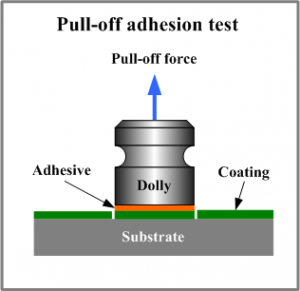
FRP Products Co. Pte. Ltd. is the in-house contractor for refinery in Singapore. Their client specified the use of TSA for the rehabilitation of pipes in their refinery. FRP was keen to explore the possibility of using the SATBlast Vapour Blasting machine with Abrablast Recycled Glass abrasive to benefit from the cost efficiency and improved productivity.
The first step in the process required the use of a bare plate and salt-test prior to blasting by the SATBlast machine. Thereafter, the bare plate was blasted to an SA 2.5 standard by the SATBlast Vapour Blasting machine with the use of a special recycled glass abrasive by the name of ‘Abrablast’.
The SATBlast machine along with the Abrablast abrasive allowed for ease of blasting and provided an adequate surface for various coatings. Another salt-test was performed post-blasting and it was found that the salt content had reduced! Furthermore, a profile test was run and it was revealed that the surface achieved between Rz 92 – 102 microns (higher than the minimum requirement of Rz 70 microns).
Next, the plate was coated with a TSA (Thermal Spray Aluminium) with an average of 300 microns DFT. Thereafter, a Pull-off Test was administered via various Dolly’s onto the coated plate to test the adhesion of the coating to the substrate. The results depicted a range between 8.75 MPA – 11.57 MPA when the minimum requirement is 7.00 MPA.
Standard for Blasting
Test Report Qualification for Vapour Blasting and TSA
SMRT CD Doors – Tiong Bahru MRT Station
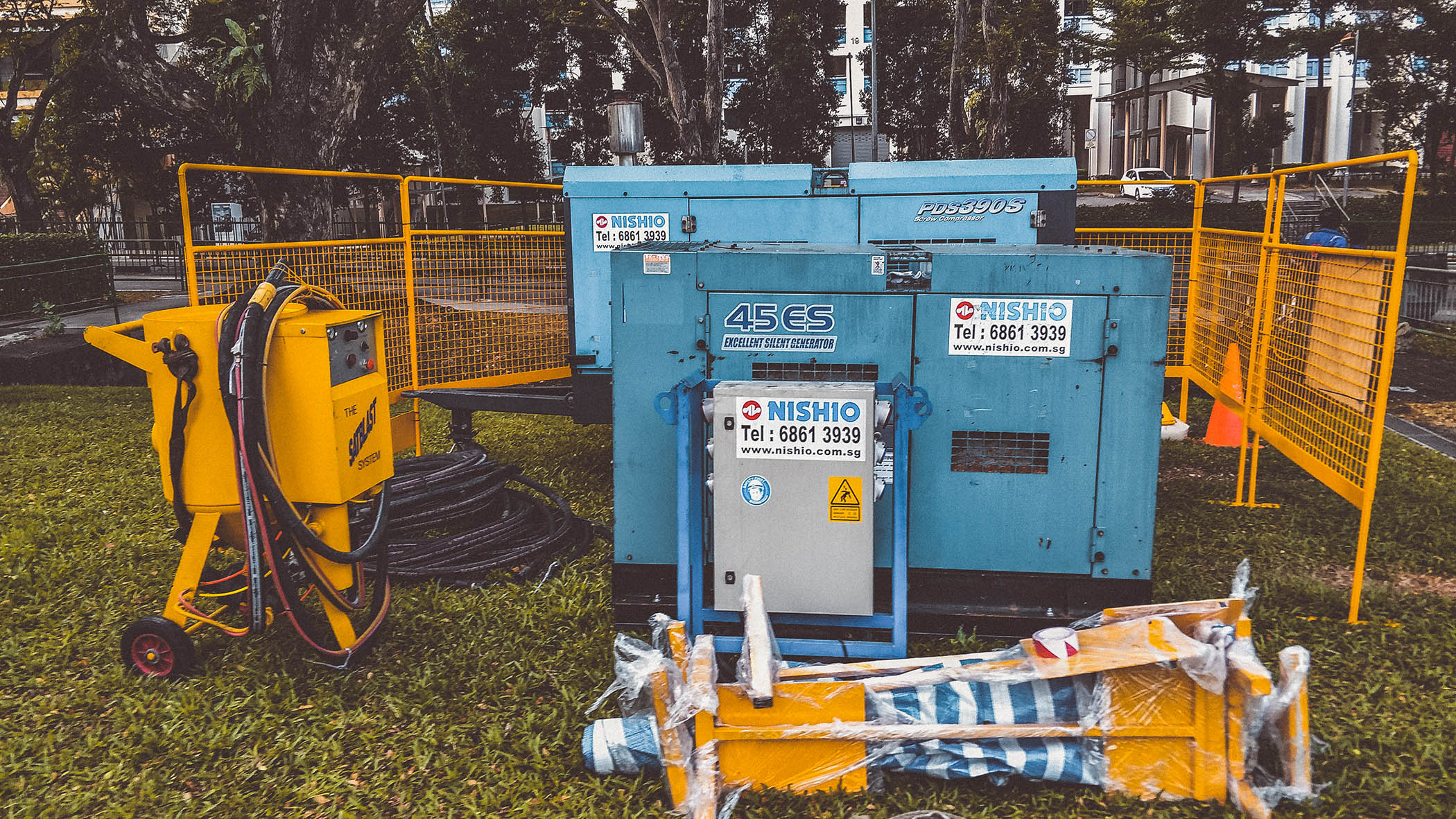
Zinga was applied to protect the door from corrosion after proper surface preparation (SA 2.5). A third party surveyor was engaged to conduct NDT tests to validate the structural integrity of the rehabilitated doors. A warranty of 10 years on both workmanship and corrosion protection was extended to SMRT. Due to the complexities of the job, the project was completed within a 4-month timeframe.
CD Door Initial state with Zinganisation Process
As of February 2018
After Zinganization
CD Door Inspection One Year Later
Project Schlumberger
The mist coat followed by the full coat technique was used during the Top-coating process.
Schlumbeger ordered pump skids to be fabricated and deployed to Sakhalin, in the Russian Far East. The system has to be robust to withstand extreme climate conditions with harsh winters going down to -20° celcius and hot summers ranging above 25° celcius.
The pumps and valves and other fixtures were put together in an assembly line onto the skid so as to complete the project. Further tests were done on the project to comply to quality and safety standards before being shipped to the client in Russia.
Fagioli SPMT
The entire Zingametall (Singapore) team was responsible for the rehabilitation process and had been guided by our Head Engineer, Mr. Shanmuga Sundaram. The whole process kicked off by placing the SPMT on site, and blasting the Top and Sides of the Vehicles at a proper SA 2.5 standard with a surface profile of at least Rz 70 microns. This was done with the use of the SATBlast Dustless Vapour Blasting machine and the Abrablast (Recycled Glass) Abrasive. Next, the surface was then applied with Zinga with a minimum of 100 microns DFT by an airless spray.
The SPMT Vehicles were then PU Top-coated all over with a minimum thickness of 80 microns DFT. The mist coat followed by the full coat technique was used during the Top-coating process. A final DFT check was then implemented where a minimum coating thickness of 180 microns DFT was specified.
The final rehabilitation of Fagioli SPMT Vehicles were fully coated and were ready to use as it was blasted and coated on-site. A warranty of 10 Years was issued to Fagioli for their SPMT Vehicles.
